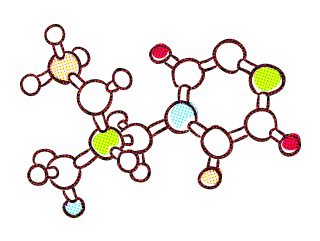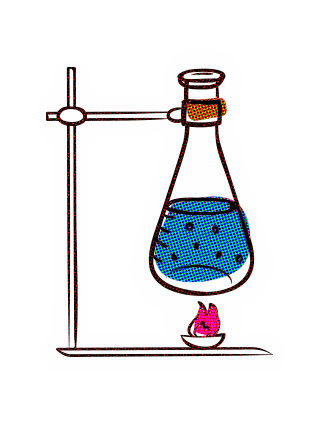CREATING RENEWABLE ENERGY FROM POLLUTION
Problem: Manure from dairy cows produces methane and CO2, which are a consistent source of greenhouse gas emissions in the environment.
Solution: By partnering with dairy farms across America, our energy and agricultural experts can convert solid animal waste into several forms of usable fuel products – AGRA SYNTHETIC FUEL (ASF™) – including renewable diesel jet fuel and naphtha.
Outcome: Not only can AGRA ENERGY convert cattle waste into fuel, we can also offer these benefits to farms, communities and the rest of planet Earth: eliminating the cattle smell downwind; water table pollution is reduced; and fiber material by-product can be recycled.


OUR VISION
AGRA ENERGY is on a mission to introduce cutting-edge technology into the renewable energy industry to transform methane gas waste into clean renewable fuels.
Our technology is a major advancement in the proven “gas-to-liquids (GTL)” conversion process. Simply put, this means taking “hydrocarbon gas” through a chemical-reaction that converts it into petroleum liquids. Natural gas turns into oil. Majors companies have done it for years, but the conventional GTL technology required massive scale and big investment for giant projects.
But, with the changing times, comes dynamic change …
Agra Energy has innovated a new compact-design for GTL – an improvement that radically changes the scale and efficiency of making renewable fuels from any bio-gas feedstock, making it “micro.” For us, in practical terms, a moderate volume of waste-gas can be converted into 45 barrels per day of high-quality, cleaner fuels. The application scale is small; the opportunity enormous.
This progression in GTL science is the equivalent of moving from the main-frame computer to the micro-chip processor but with renewable energy. Similar to the advent of portable computers, a new industry for GTL will be created and AGRA ENERGY will be that vanguard.
Along with our partners in GTL, we embrace the opportunity to “move the needle” in renewable fuel technology. It is not a theory; it is a field application. It is not a political conversation; it is a business proposal to a dairyman. It is not five-years-away; it is today.
HOW IT WORKS
AGRA ENERGY will partner with the dairy farms across America to convert their manure waste into fuels. Our fuel products will satisfy renewable fuel standards, offering supportive economics while inducing a cleaner environment.
Our single MICRO GTL UNIT is prefabricated and transportable. Installed at a farm location, this unit will process the “feedstock methane” from a herd of dairy cows. The effluent-waste is converted into about 25 barrels per day diesel, naphtha and jet fuel products. It is compact … on the scale of a highway transport truck … and remotely operated. Our conversion process recycles its own by-products (water and heat) with negligible effects to the environment.
Benefits to our partner, the dairyman, are significant. In a nutshell, his operations are streamlined, his expenses reduced, and his economics improved. Pollution concerns, along with the accompanying regulatory issues, are significantly reduced. The methane-gas from “cattle operations” is captured and removed from the atmosphere. Soil deterioration and potential long-term groundwater issues are mitigated. The prolific farm-odors from dairy operations are greatly reduced. Also, a high-nutrient water is produced in the process for farm use as a fertilizer.
For AGRA ENERGY, we have the opportunity to spearhead a new business in the untapped agricultural market. With a head-start from proprietary technology, we see limited competition in the future. We will also expand our GTL to other manure-intensive operations, from poultry to swine. Thus, we foresee a growing enterprise, across America, installing hundreds of our units over the next five years.

Copyright © 2023 Agra Energy

